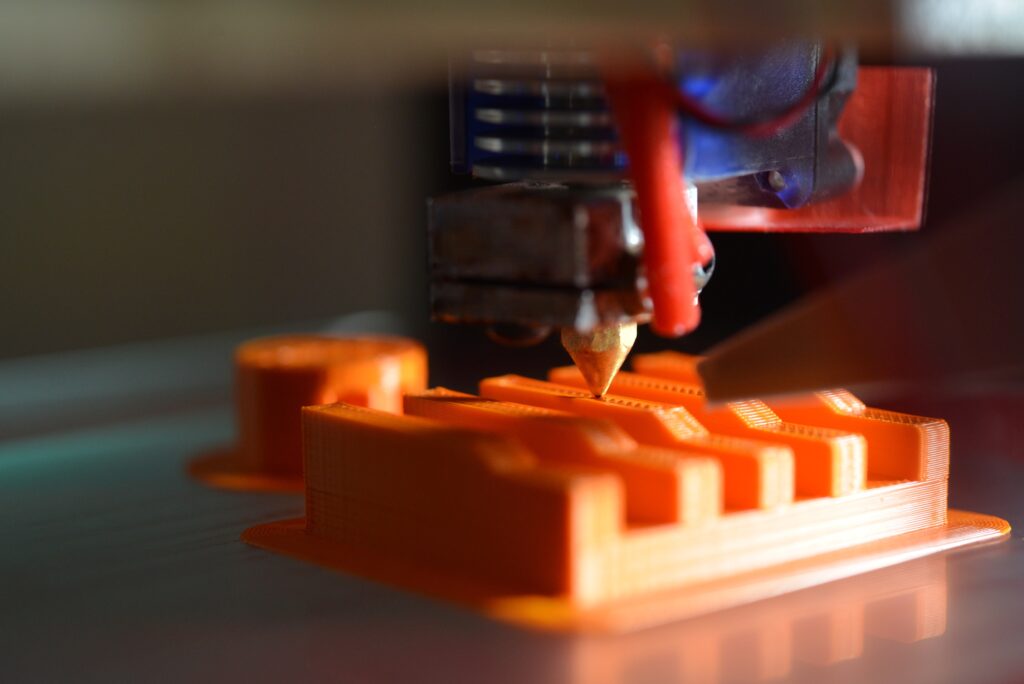Looking to get into 3D printing? Or maybe you’re a seasoned pro and are looking for a filament that will give you better results than what you’ve been using so far? Look no further than Polymaker filament! Polymaker is a premium filament manufacturer that produces filaments with a whole range of benefits over other filaments on the market.
In this guide, we’ll take you through everything you need to know about Polymaker filament; from what it is, to how to choose the right type for your needs, to how to store and print with it successfully. We’ll also give you some tips and tricks for getting the best results from your prints, as well as troubleshooting any common problems. So read on to find out everything you need to know about Polymaker filament!

What is Polymaker filament and what are its benefits over other filaments on the market?
Polymaker can be found in Australia and is known for being a high quality filament. There are many benefits to using this type of filament for your prints. One benefit is that it can result in smoother and more consistent prints. Additionally, it can help to reduce the risk of clogging or jamming in your printer. Another great benefit of Polymaker filament is that it’s available in a wide range of colours – so you can really get creative with your prints!
How to choose the right Polymaker filament for your needs
When choosing Polymaker filament, there are a few things you need to keep in mind. Firstly, think about what material you want your print to be made from. Polymaker offers filaments made from PLA, PETG, and ABS – so you can choose the one that best suits your needs.
Secondly, consider the colour of filament you want. As mentioned before, Polymaker offers a wide range of colours, so you’re sure to find one that suits your project. Finally, think about what finish you want for your print. Polymaker offers both matte and glossy finishes – it’s just a matter of personal preference!
How to store and print with Polymaker filament
Once you’ve chosen the right type of Polymaker filament for your needs, it’s time to start printing! But before you do, there are a few things you need to keep in mind in terms of storage and printing.
Firstly, always store your filament in a cool, dry place – this will help to prevent it from drying out or becoming brittle. Secondly, make sure that your printer is set up correctly before you start printing. This includes ensuring that the bed is level and that the nozzle is the correct distance from the bed. Once you’ve done all of this, you’re ready to start printing!
Tips and tricks for getting the best results from your prints
Now that you know how to store and print with Polymaker filament, it’s time to get started on your prints! Here are a few tips and tricks for getting the best results:
- Use a slow speed when printing with Polymaker filament – this will help to reduce warping and improve print quality
- If you’re printing with PLA, try using a heated bed – this will help to improve adhesion and reduce the risk of warping
- Use fans sparingly when printing with ABS – too much airflow can cause cracking or curling
Troubleshooting common problems with Polymaker filament
If you’re having trouble printing with Polymaker filament, don’t worry – here are some troubleshooting tips for common problems:
- If your filament is jamming in the nozzle, try increasing the temperature of the hot end – this will help to melt the filament more easily
- If your prints are coming out stringy or brittle, try reducing the speed at which you’re printing – this will give the filament more time to cool down and solidify between layers
- If your prints are warping, try using a heated bed – this will help to keep the bottom layers of your print warm and prevent them from shrinking
Is Polymaker filament in Australia?
Yes, you can get Polymaker filament in Australia – Phaser 3D is your ideal online destination for quality Polymaker filaments from reputable suppliers at competitive prices.

